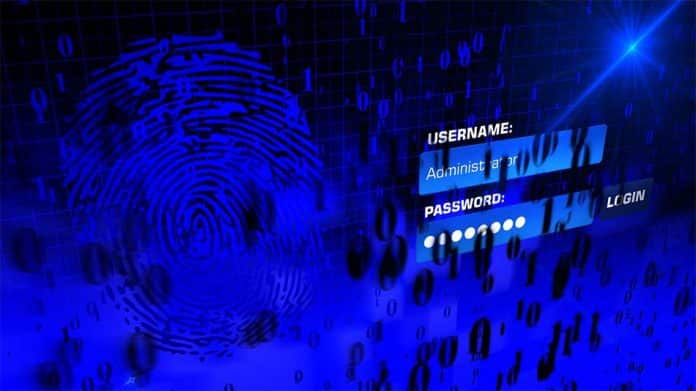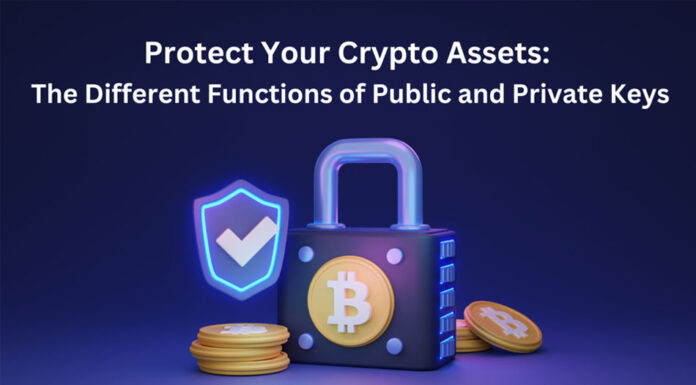Table of Contents
The digital workspaces are growing day by day, and businesses are going more advanced. In the current times where digitalization is a necessity for businesses, there is also growing concern regarding the security of the company due to the presence of hackers on the internet today. So there are chances that the confidential data may get leaked or corrupted by these hackers, which may result in the loss of the company. Although passwordless authentication has become effective in dealing with security concerns and also among the various solutions, passwordless MFA is considered to be one of the most reliable solutions that can help companies to save data. So in this article, we will talk about how passwordless MFA helps secure digital workspaces.
What Is Passwordless MFA?
Multi-factor authentication (MFA) is a security measure that requires several authentication steps to verify user identity. While MFA is similar to passwordless authentication in that it can leverage biometrics or possessive factors, it does not do away with usernames and passwords.
Logging into systems configured with MFA involves entering your username and password like you normally would. Afterward, you’re asked to enter something else, such as a one-time access code sent through your authenticator app, a magic link sent to your email, or your fingerprint. After you pass the mini-tests, you’re logged in.
The Multi-factor authentication system is similar to a door that has a lock, a retinal scan, and a passcode on it. Even though picking the lock might be simpler than cracking a password, replicating a retinal scan or hacking the device that receives a one-time passcode would be very difficult. By using multiple layers of protection, the potential damage that criminals can do is greatly reduced.
How Is Passwordless MFA Better Than Passwords?
Authentication with a passwordless MFA system, by its nature, eliminates the issue of using an insecure password. As a result, one of the most common errors that users make is eliminated from your login. Passwordless authentication has been skeptical mainly because using a channel like an email to send a code or link can appear unsafe since it is vulnerable to being compromised. Although this is a legitimate concern, you can also reset your password through a compromised email account, so this concern presents no additional risk over the username password login method.
The advantage of passwordless authentication is also that two devices are required for authentication. To access an account paired with passwordless MFA, for instance, you would need to have the device paired with that account, even if you knew the username. It makes it more difficult for malicious logins to occur, but it does not prevent devices from being stolen. The best way to secure your login is by using multi-factor physical authentication, which requires two devices. The failure of a single authentication system can be reduced as a result of multi-factor authentication.
Benefits Of Passwordless MFA
Optimizes Security Processes to bring down costs
To gain access to networks and steal data or spread ransomware, cyber attackers use credential-based attacks as an entry point. A multi-factor authentication solution, on the other hand, stops 99.9% of credential-based attacks. This is why multi-factor authentication is one of the most important security measures.
It Assures Consumer Identity.
Protecting consumer information from identity theft is made easier with multi-factor authentication. Through the use of this measure, the traditional username and password login is enhanced by adding another layer of security. Since TOTP is sent either via SMS or an automated phone call, cybercriminals will have difficulty cracking it. To access their resource, consumers must provide two pieces of information. Authentication becomes more meaningful and secure with MFA.
It Complies With Single Sign-On (SSO)
Usually, an MFA solution with SSO is industry-compliant. Even though multiple complex passwords are no longer required across applications, they remain more secure. By leveraging SSO, secondary authentication is conducted to verify consumer identity and reduce the risk of data loss due to password misplacement. Not only are the processes more efficient, but the security is also increased.
It Comes With Easy Implementation
Despite its complexity, multi-factor authentication is non-invasive in itself. This does not affect the other virtual spaces of an organization or institution. Furthermore, its intuitive user experience makes it easy for consumers to pick it up almost effortlessly.
It Meets Regulatory Compliances
When complying with specific industry regulations, multi-factor authentication can be a critical component. In particular scenarios, PCI-DSS requires multi-factor authentication to prevent unauthorized users from accessing systems. Even when application updates cause unattended and unknown consequences, they remain highly non-intrusive; all this is because of MFA compliance.
Multi-factor Authentication Empowers Secure Hybrid Working
In the case of passwordless MFA, It does not matter where the request originates or what resources it accesses. It is always authenticated, authorized, and encrypted before access can be granted. This contributes to the creation of a secure hybrid network. This facilitates workers’ ability to access their work from anywhere and on any device without compromising security.
Ending Note
Despite the fact that passwords are far less popular than ever before, they are still commonly used. This is primarily due to the fact that people are unwilling to switch to other modes of authentication. However, in the near future, passwordless MFA and other technologies will likely replace password-based authentication.
In recent years, more and more companies have realized that passwords are the primary reason for data breaches, and by implementing passwordless, they can save themselves a great deal of money compared to the fines and losses for a data breach. In addition, passwords are a hassle for users to remember and hard to reset. A passwordless authentication method, such as biometrics, is convenient and user-friendly on the other hand.















